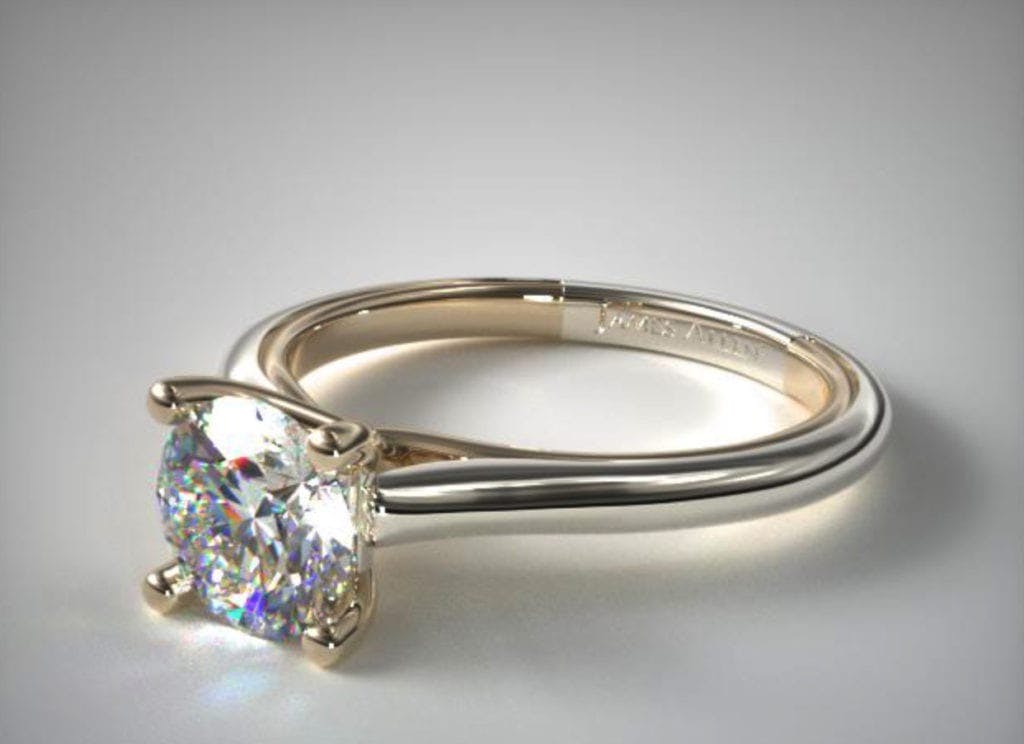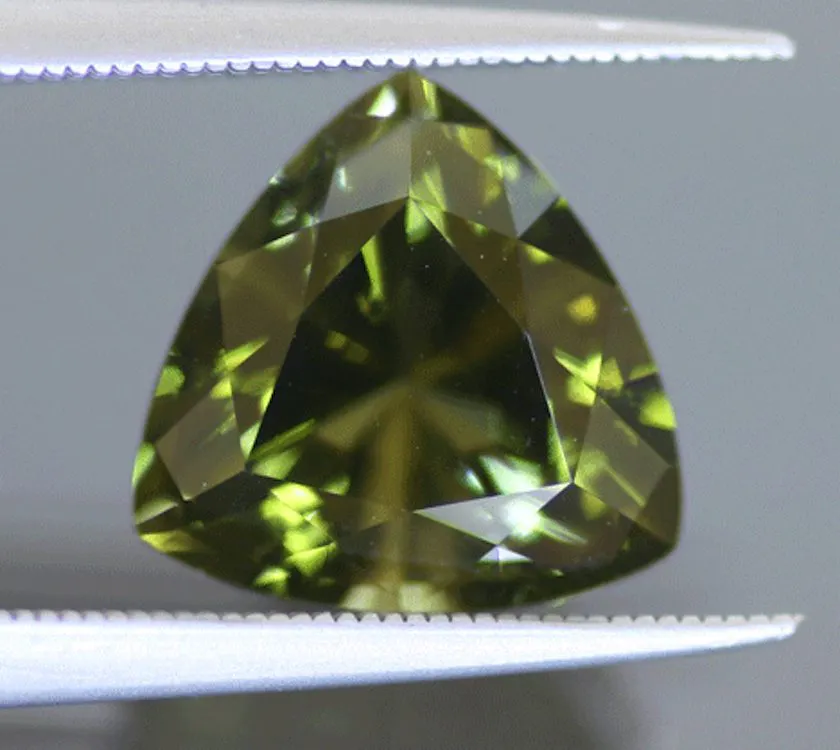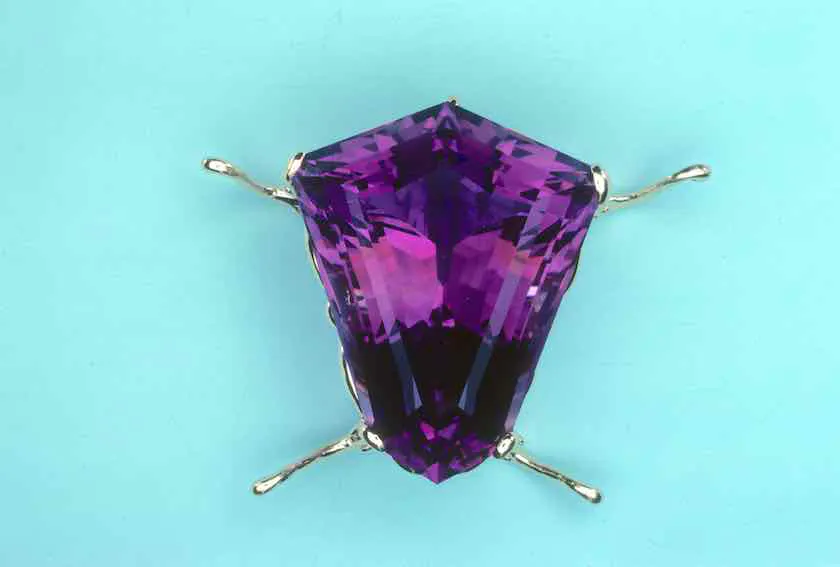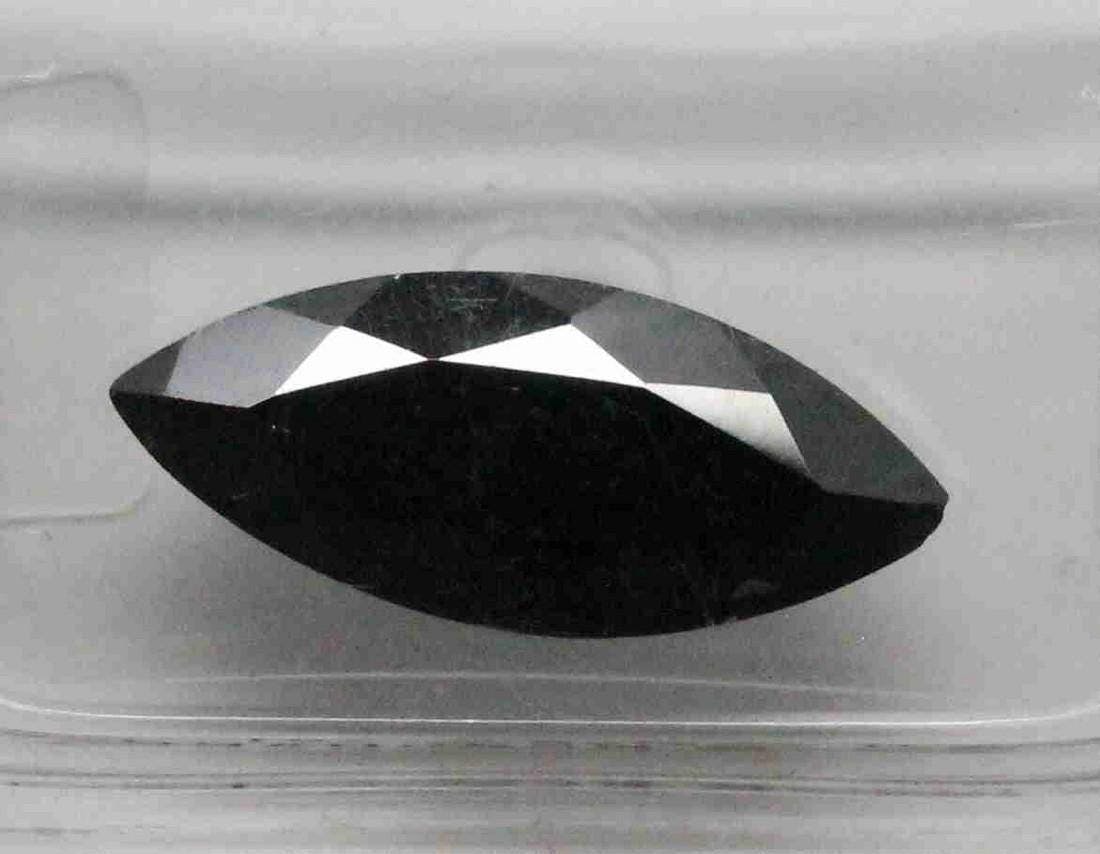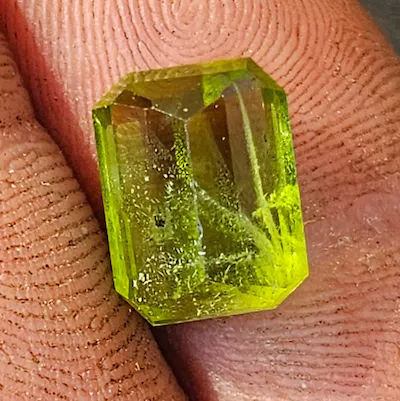Information about Diamonds, News
Old European Cut Diamonds: A Vintage Appeal
Dive into the world of vintage elegance and timeless charm with Old European cut diamonds on Melogems. Popular from 1890 to 1930, these captivating gems boast a distinctive fiery brilliance and chunky patterns of light that distinguish them from modern cuts. Each Old European cut diamond is a unique work of art, meticulously handcrafted to showcase vintage allure with its unique shapes and quirks.
While sourcing these rare diamonds may pose challenges due to limited availability and potential quality issues, the reward is a piece of history radiating uniqueness and character. As you embark on your search, prioritize symmetry and consider the length-to-width ratio for the perfect diamond. Evaluating the diamond under various lighting conditions allows you to appreciate its performance and true beauty.
Gem grading reports offer vital insights into color and clarity, with lower color grades enhancing the vintage charm with a subtle yellow or brown tint. When choosing between an Old European cut diamond and a modern round brilliant, let personal preference and style guide your decision, ensuring it reflects your individuality and captures the essence of a bygone era on Melogems.
Old European Cut Diamonds: A Vintage Appeal
Old European cut diamonds have a timeless charm that appeals to vintage jewelry enthusiasts. Dating back to the late 19th century and popular until the 1930s, these diamonds are known for their distinctive fire and chunky patterns of light. If you appreciate the allure of antiques and desire a unique piece of jewelry, the Old European cut diamond may be the perfect choice for you.
Characteristics of Old European Cut Diamonds
One of the defining characteristics of Old European cut diamonds is the way they reflect light. Unlike modern round brilliants, which are designed to maximize brilliance, Old European cut diamonds have a more subdued sparkle with larger, broad flashes of light. These chunky patterns of light give the diamonds a vintage appeal like no other. Each diamond is cut by hand, resulting in unique shapes and quirks that add to their character and individuality.
Unique Shapes and Quirks
Because Old European cut diamonds are hand cut, their shapes can vary widely. You may come across round diamonds that appear slightly oval or cushion-shaped diamonds that have a more elongated silhouette. These unique shapes give each diamond a one-of-a-kind personality that cannot be replicated by modern cutting techniques.
In addition to their unique shapes, Old European cut diamonds may also exhibit quirks such as a small culet or a high crown height. These quirks are remnants of the cutting techniques used during their time and add to their vintage charm. If you appreciate the imperfections that come with age and craftsmanship, an Old European cut diamond will captivate you.

Antiques with Vintage Appeal
Old European cut diamonds are considered antiques and hold a special place in the hearts of collectors and vintage jewelry lovers. They evoke a sense of nostalgia and carry the stories of the past. When you wear an Old European cut diamond, you are not just adorning yourself with a beautiful piece of jewelry, but also honoring the craftsmanship and history that went into its creation.
Challenges in Finding Old European Cut Diamonds
While Old European cut diamonds have a strong following, finding them can be a challenge. Due to their age and limited availability, there are fewer Old European cut diamonds on the market compared to modern round brilliants. Additionally, many Old European cut diamonds that do exist may have chips or be of poor quality due to the wear and tear they have endured over the decades. However, for those willing to invest time and effort into their search, the rewards can be great.

Comparison to Modern Round Brilliants
When considering an Old European cut diamond, it is essential to understand the differences between these vintage gems and their modern counterparts. Modern round brilliants, also known as ideal-cut diamonds, are designed for maximum brilliance and sparkle. They are cut with precision using advanced technology and offer a more consistent shape and overall appearance.
In contrast, Old European cut diamonds have a more subdued sparkle and larger, chunkier patterns of light. They have a distinct vintage aesthetic that appeals to those seeking a unique and unconventional diamond. The choice between an Old European cut diamond and a modern round brilliant ultimately comes down to personal preference and style.
Factors to Consider when Buying an Old European Cut Diamond
When buying an Old European cut diamond, several factors should be taken into consideration. First and foremost, look for symmetry in the diamond’s shape. While Old European cut diamonds can have irregular shapes, ensuring that the facets are well-proportioned and balanced will enhance the diamond’s overall appearance.
Another important factor to consider is the length-to-width ratio of the diamond. This ratio determines the diamond’s shape and how it will appear when set in a piece of jewelry. Different ratios can create different visual effects, so choose one that suits your taste and style.

Assessing the Performance of an Old European Cut Diamond
To fully appreciate the beauty of an Old European cut diamond, it is crucial to assess its performance under different lighting conditions. Take the diamond outdoors, examine it in natural daylight, and observe how it interacts with the sunlight. Then, bring it indoors and assess its appearance under various artificial lighting sources. This will give you a well-rounded understanding of the diamond’s unique sparkle and how it will look in different settings.
Gem Grading Reports for Old European Cut Diamonds
Gem grading reports are essential when buying any diamond, including Old European cut diamonds. These reports provide valuable information about the diamond’s characteristics, including its color and clarity.
Color grades in Old European cut diamonds tend to be lower compared to modern round brilliants. It is not uncommon to find Old European cut diamonds with a yellow or brown tint. This should not be seen as a flaw, but rather as a natural characteristic that adds to their vintage appeal.
Clarity grades determine the visibility of imperfections within the diamond. Higher clarity grades indicate that the diamond is more eye-clean, meaning that any imperfections are not visible to the naked eye. When considering the clarity grade of an Old European cut diamond, it is important to balance personal preferences and budget.

Choosing Between Old European Cut Diamonds and Modern Round Brilliants
Deciding between an Old European cut diamond and a modern round brilliant ultimately comes down to personal preference and style. If you are someone who appreciates the vintage charm, unique shapes, and quirks of an Old European cut diamond, then it may be the perfect choice for you. On the other hand, if you prefer a more brilliant and consistent sparkle, a modern round brilliant is a better fit.
Consider your personal style, the aesthetic you are drawn to, and the story you want your diamond to tell. Both Old European cut diamonds and modern round brilliants have their own merits and can create stunning pieces of jewelry. The choice is yours to make based on what resonates with you the most.
In conclusion, Old European cut diamonds provide a vintage appeal that is unmatched by any other diamond cut. Their fire and chunky patterns of light, hand-cut shapes, and rich history make them an ideal choice for those who appreciate antiques and seek a unique, personalized piece of jewelry. While finding an Old European cut diamond may be a challenge, the beauty and character they possess justify the effort. So, if you are in search of a diamond that carries a piece of history and captures the essence of a bygone era, an Old European cut diamond will undoubtedly fulfill your desires.

